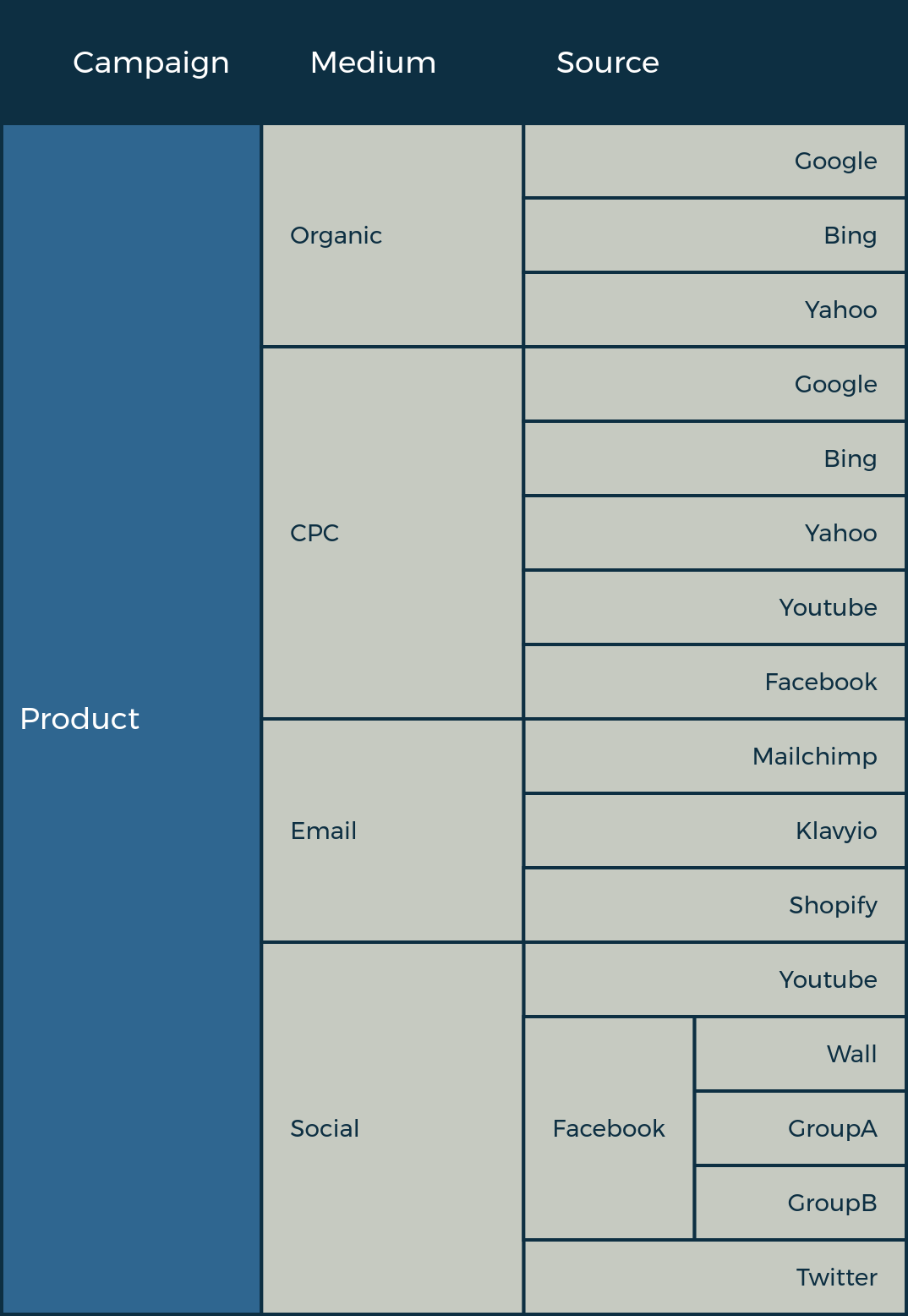Are Your Social Media Link Shares Working: Use Utm Parameters to Find Out
If you’re creating and sharing content you should be tracking how well your social media sharing and email marketing efforts are working. Learn to use UTM parameters in conjunction with your analytics tools to find out what is working best.
Apr. 10, 2023 639 words
If you are taking the time to create content or setting up a website for your business, you should know how well the content you’re creating is performing for you. Sharing links on social media or via email marketing is great, but if you don’t know how those links are performing you won’t really know their impact on your business.
Why is this important? Well a lot of marketing that takes place is trial and error. You are experimenting with your target audience to know what they will click on and follow through with. So it stands to reason that tracking this information will help you to know what is working, or if you need to change your experiment for a better impact.
So let’s take a look into the system that exists for you to track your links.
But First
Before we can take advantage of this, you need to be running some analytics software on your website. The goto de-facto solution is that of Google Analytics. However, I’ve opted for a leaner solution that is more privacy-friendly, this is plausible analytics. You don’t have to use them, but I recommend checking them out.
As this is a discussion on link tracking, and not setting up analytics software, you’ll have to search some other places to get started with you analytics journey.
Getting Started
Before we get into the technical details of building out a tracking link, let’s go over what information goes into a tracking link.
There are 4 main components of a tracking link:
- The link that you want to track
- This is the destination you want your target audience to visit in their browser
- The campaign that you’re tracking
- This could be a sale, a specific blog post, or just about any other metric you would want to track in your business
- The medium that you’re sharing the link through
- If you’re using a cpc campaign, or sharing via social media you would use that
- The source of the click
- This gets into the finer detail of the link that was shared, did you share it on your wall, your Twitter feed, or in a facebook group? That info goes here.
If you notice, the link tracking components go from a high level objective down to a low level tactic of where the link appears to your target audience. Take a minute to study the graphic below to see how the campaign encompasses the medium and source to give you an overall view of your efforts.

A Bit More Technical Now
Great, we’ve talked about what goes into a tracking link, but how in the heck do you build them? Well they are built off of one core building block of the links we use to navigate the web; they are called query parameters. But, if you’re not a developer it doesn’t really matter what they’re called or how they work. And to be honest, even as a developer, I rarely remember what the parameter names are that I should use.
So there are tools out there everywhere that help you build these links (In fact I’m working on one myself, but it isn’t ready for prime time yet). In the meantime, I recommend getting started with the Google Analytics Campaign URL Builder. They have a form that you can put your link, campaign name, medium, and source into then copy the URL out and start sharing.
If you go this route, you’ll find a few extra form entries for additional data, they are not required though, so don’t let yourself get hung up on what they are.
Get Tracking
Get started on building out your tracking links today! This will help you know how well your link sharing is doing, and give you insights into what can be changed to improve your link sharing.